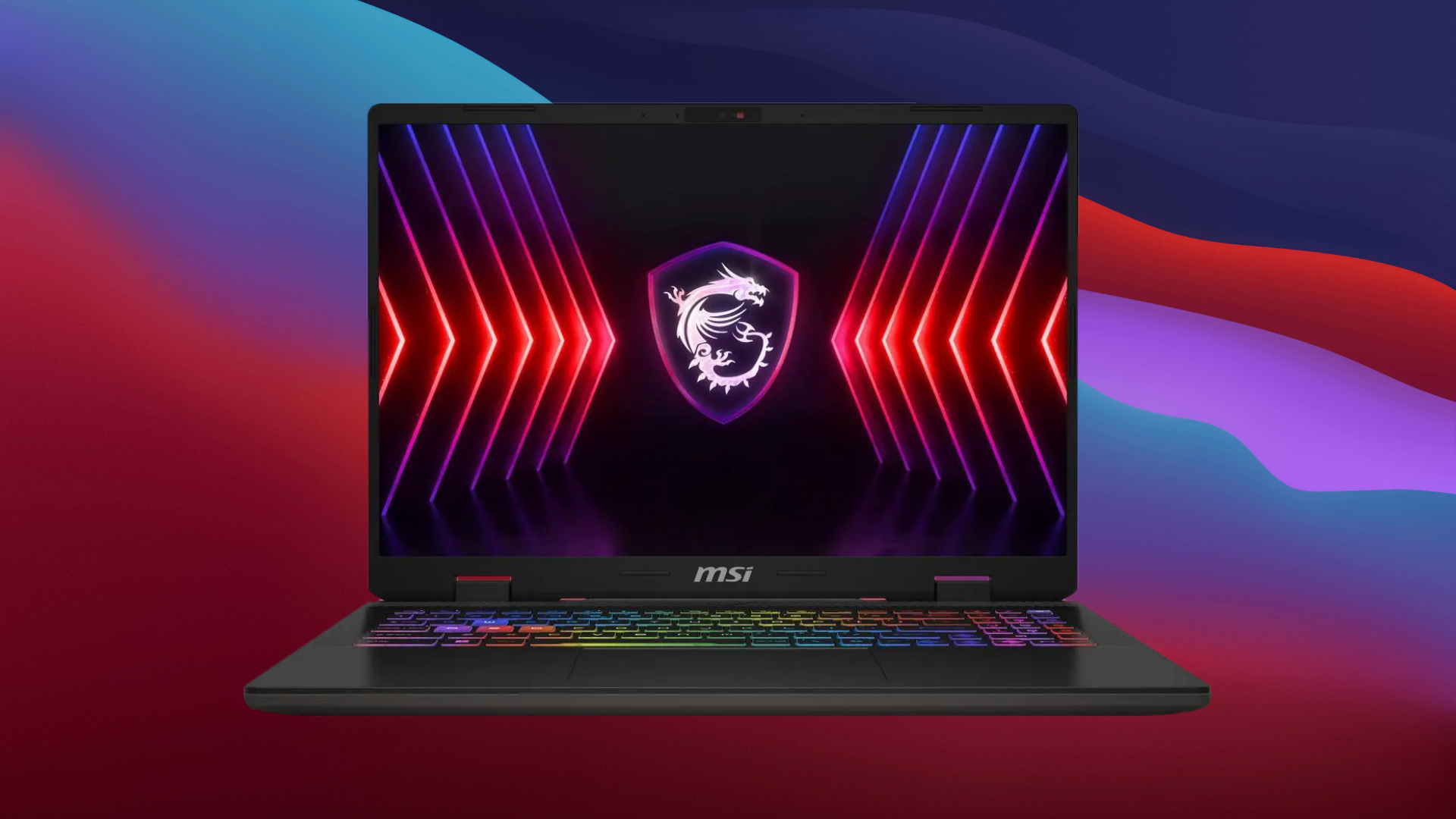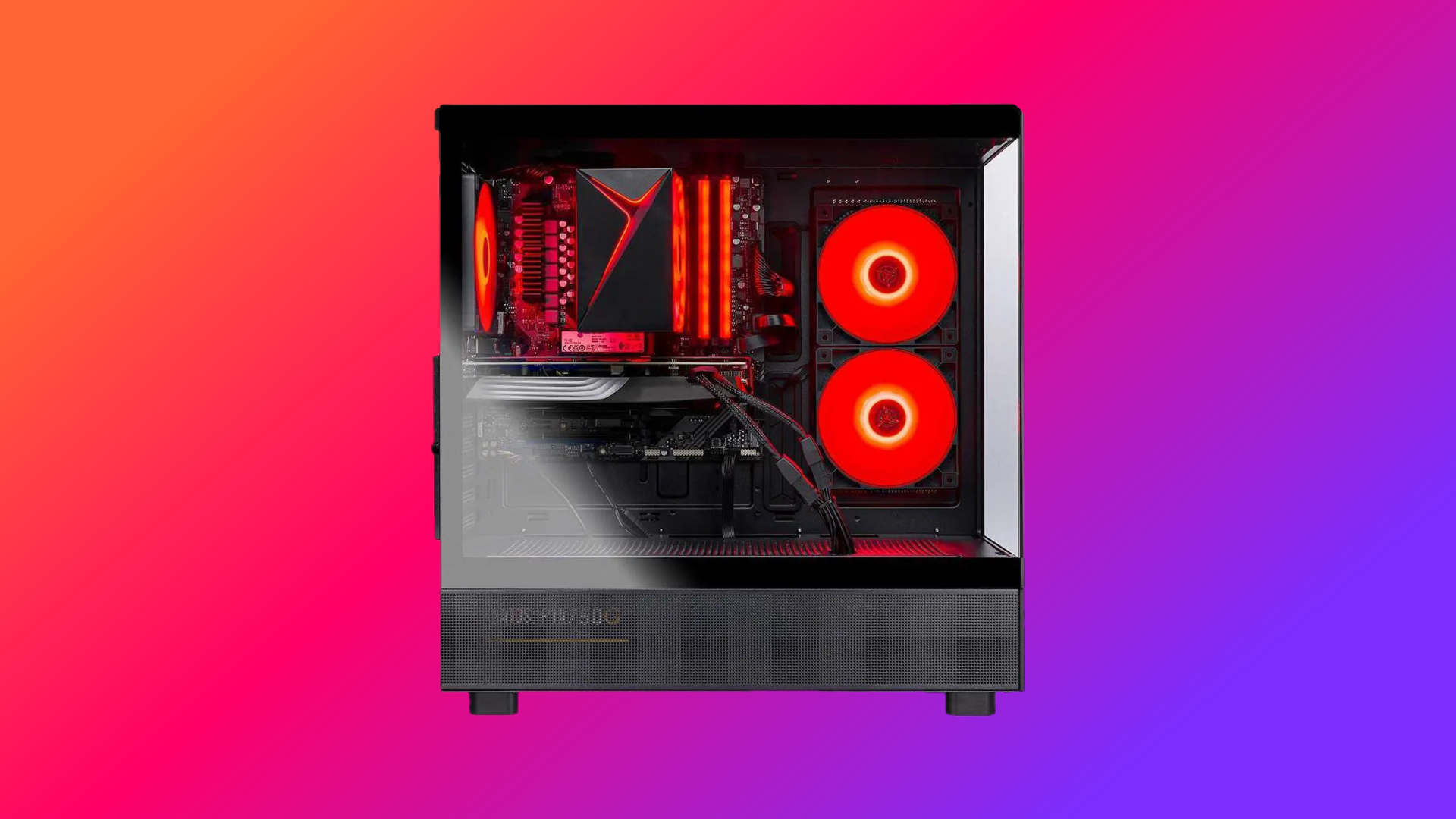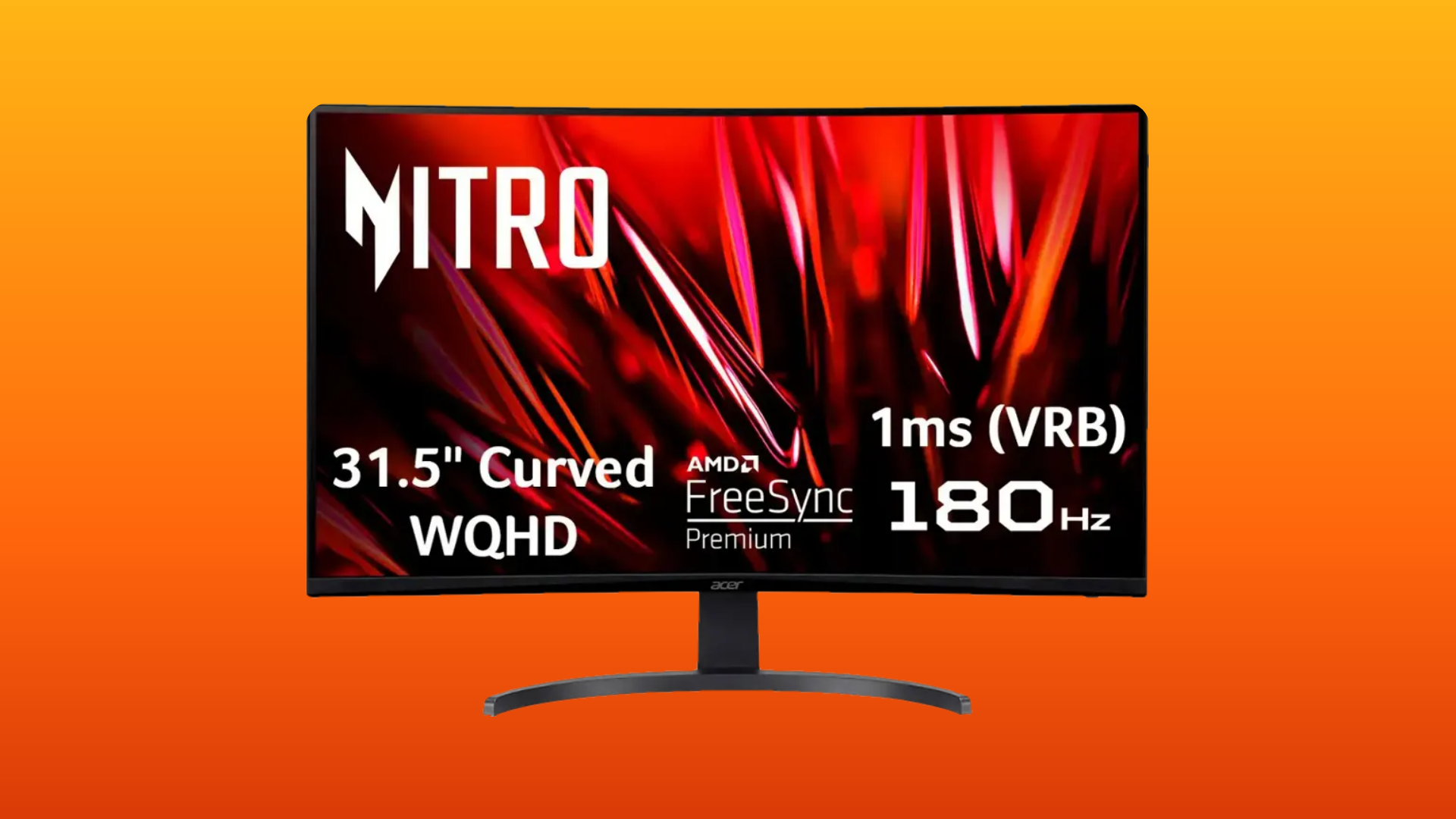Learn how to choose the correct Audio Interface for Streaming, with key considerations such as inputs, phantom power, and more.
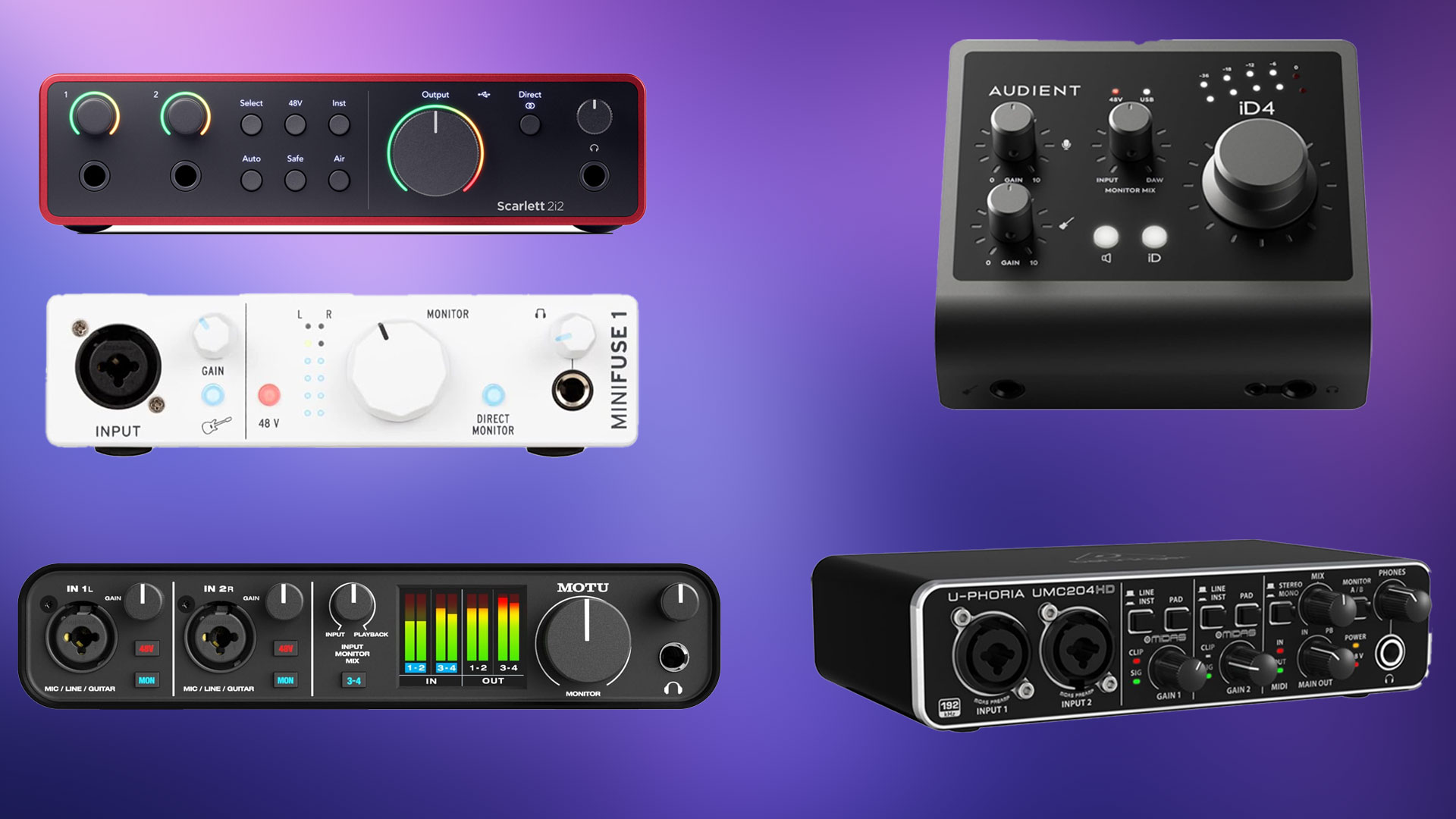
Audio interfaces are widely popular among mixing engineers, sound engineers, and more. Gamers and streamers also take advantage of the perks they provide. With an audio interface, you get exceptional audio quality (depending on your budget), better I/O (input and output) capabilities, and more. Picking one specifically for streaming needs can be challenging, as the answer isn’t always found on the more expensive side. A high-end audio interface can’t always solve all problems.
This article will help you understand what to look for when selecting an audio interface for streaming purposes and focus on the core fundamentals to make your choice easier.
Understanding Audio Interface Basics
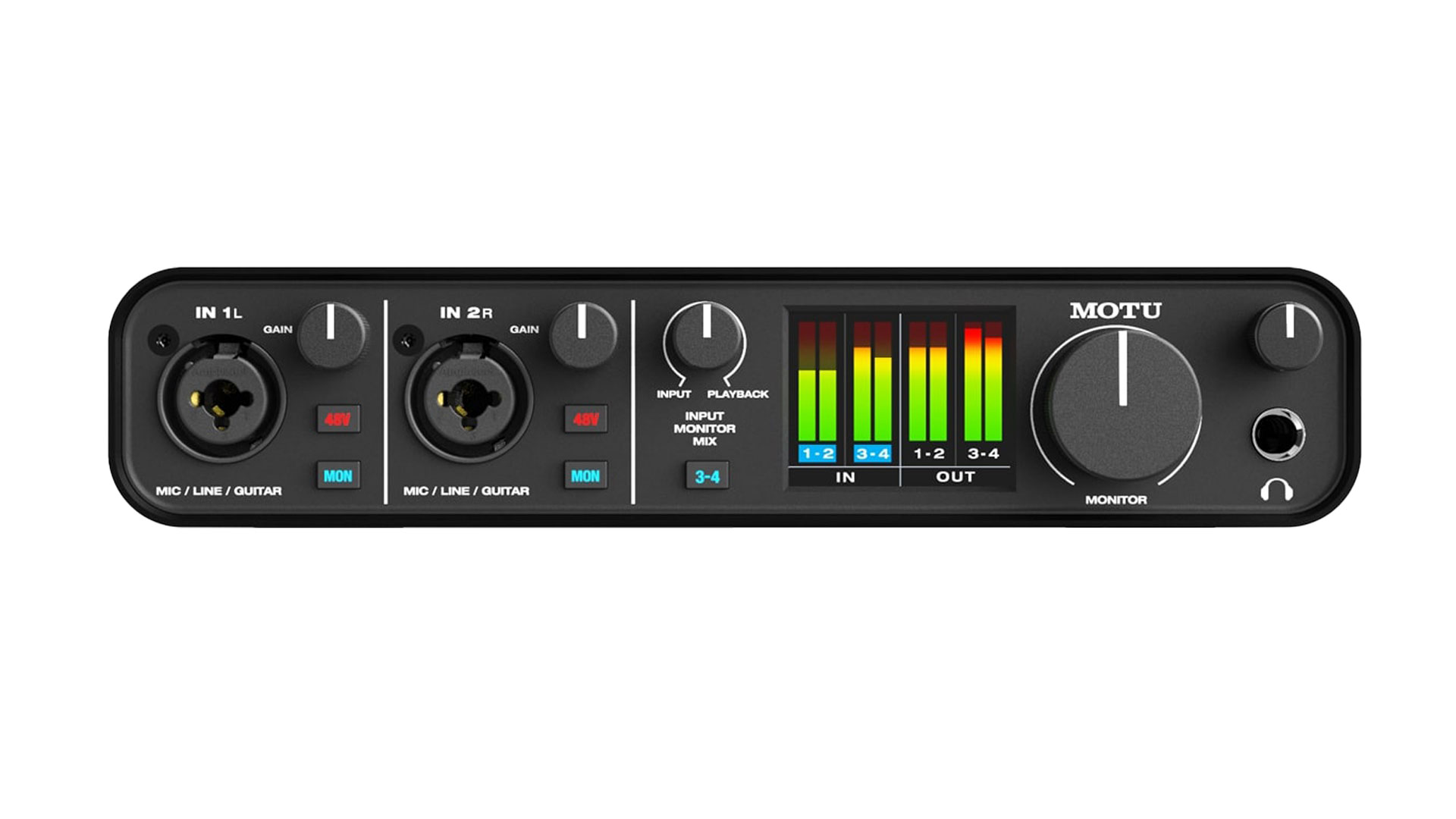
In brief, an audio interface converts digital and analog audio signals. For example, it takes data in 0s and 1s from your computer and converts it into analog electrical signals for your speakers and headphones, and vice versa. In recording, microphones are used instead of speakers and headphones. Today’s options contain DAC and ADC (Digital to Analog and Analog to Digital), and they provide many advantages over your motherboard’s audio. Below are a few:
- Lower Latency: It provides faster, more efficient drivers than built-in sound cards, which is critical for real-time monitoring and streaming.
- Professional Connectivity: Supports balanced inputs/outputs, reducing electrical noise and interference.
- Improved Audio Quality: Enables cleaner, studio-grade voice and sound for content creators and streamers.
- Enhanced Monitoring: Lets you hear yourself in real time without delay, improving performance and control
Key Factors To Consider When Choosing an Audio Interface for Streaming
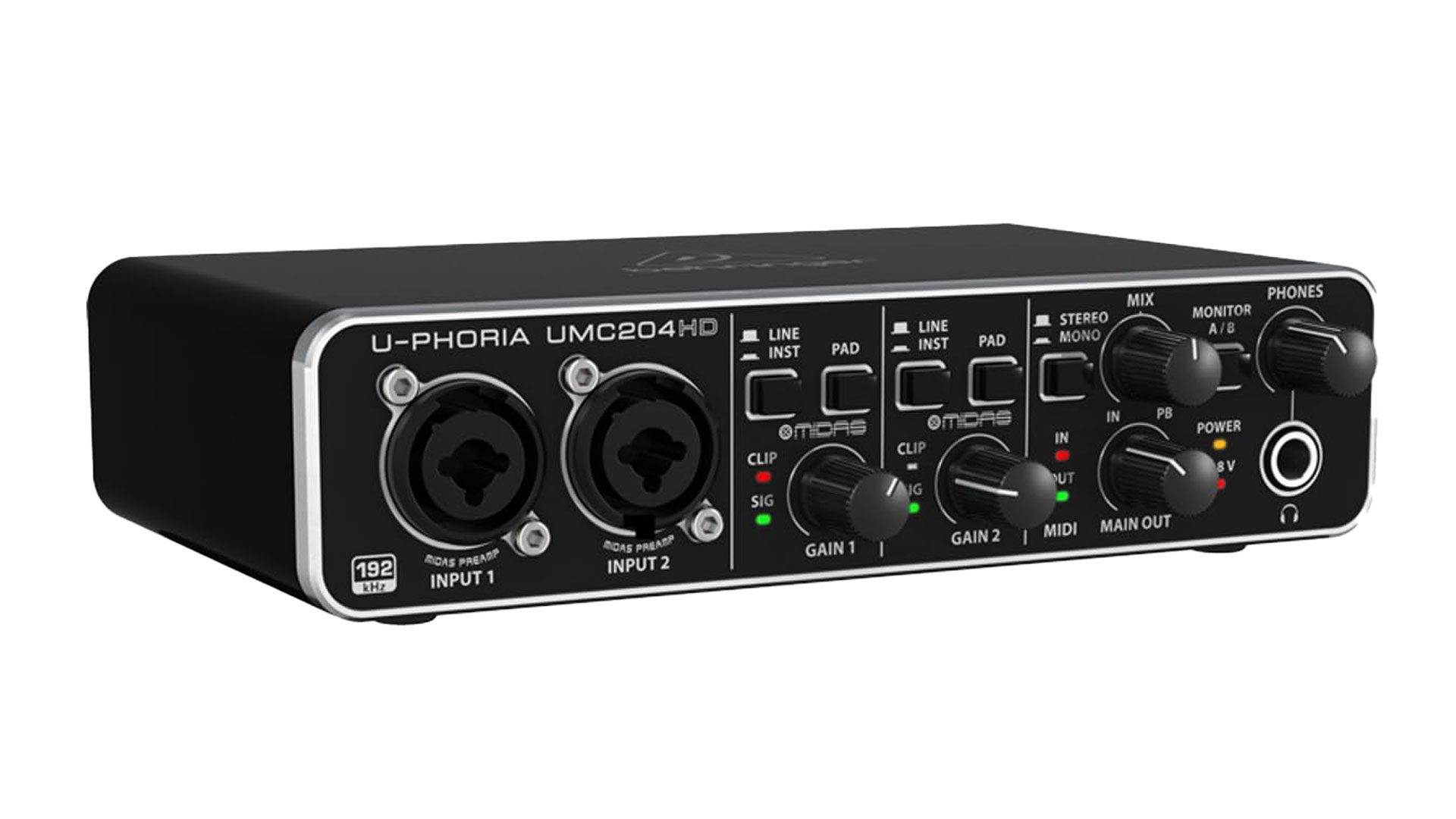
Now that you know what an audio interface does and its advantages, let’s get started with choosing one for streaming. Below are a few pointers and highlights you need to consider when making a choice:
Input/Output Requirements
- Basic Use (1–2 Inputs): Ideal for solo streamers using just a mic or mic + instrument setup. Simple and affordable.
- Advanced Use (2–4 Inputs or ADAT Expandability): Necessary if you plan to record multiple mics or instruments or collaborate. Look for ADAT/optical if future expansion is likely.
- Output Needs: Ensure you have separate outputs for headphones and studio monitors. Interfaces with independent volume knobs let you easily control levels.
Preamp Quality & Phantom Power
- Good Preamps: Particularly vital, as you wouldn’t want to compromise the audio quality coming from your mic. Good preamps help a lot and can drive power-hungry mics like the Shure SM7B.
- Phantom Power (+48V): Essential for condenser mics. Ensure your interface can supply reliable phantom power without noise.
- Low Noise & Clarity: Mid-to-high-tier interfaces reduce hiss and distortion, delivering broadcast-quality audio for professional results. The higher the quality of the components, the lower the noise floor.
Connectivity & Compatibility
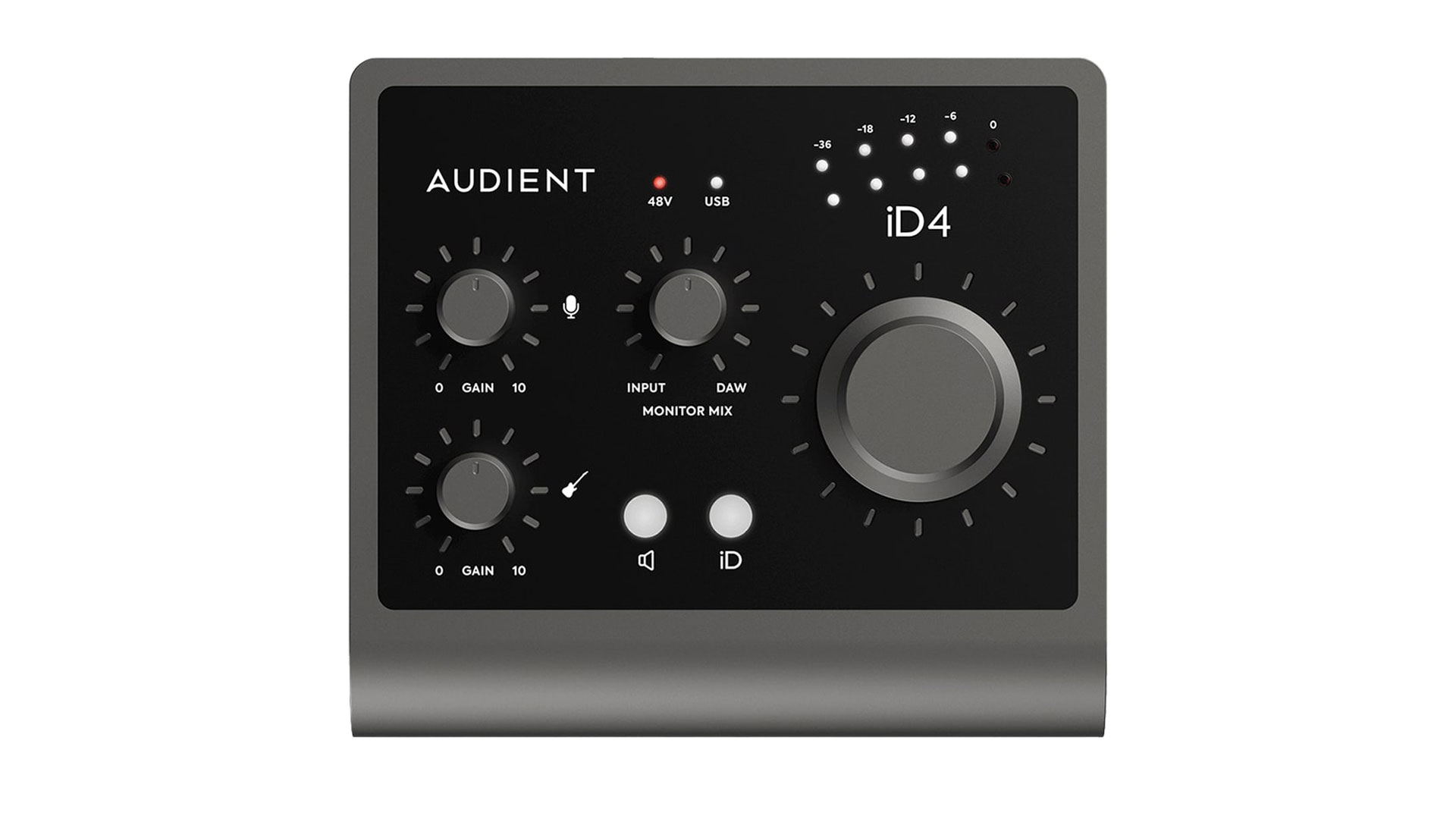
- USB vs. Thunderbolt: USB is the most common and works well. Thunderbolt gives faster speeds and lower latency but usually costs more and has compatibility issues, especially with Windows. Universal Audio users know this better.
- OS & Streaming Software Compatibility: Ensure the interface works smoothly with your OS (Windows/macOS/Linux) and tools like OBS or Streamlabs. Focusrite, Presonus, and MOTU are great options here.
- MIDI Integration: If you use MIDI gear, ensure the interface supports these connections without needing adapters or workarounds.
Budget Options & Value
- Behringer UMC202HD (~$80): A great starter set. It has a solid build, decent preamps, and is budget-friendly. Drivers are mostly plug-and-play and hassle-free.
- Audient EVO4 (~$100): Smart gain features, clean sound, and very portable—excellent value.
- Focusrite Scarlett 2i2 (~$150): Loved by many, from gamers to audio engineers. The new generation 4 also has auto-gain features like Audient.
- Mid-Tier Picks (MOTU M2, iD4 MK2, SSL 2+): These offer superior preamps, clearer output, intermediate matrix routing, and better build quality for semi-pro setups.
- High-End (RME ADI-2 Pro FS R): Offers ultra-low latency and detailed audio, but it is generally overkill unless you’re doing music production or mastering. It is technically a DAC but can also be used as an audio interface. Note that you need a separate mixer to power your mics.
Streaming-Specific Features
- Audio Routing Tools: Interfaces with built-in software (like Rode Connect or MOTU’s routing matrix) let you control which audio goes to your stream and which goes to your headphones.
- Private Monitoring: Lets you listen to music or game chat without sending it to your live stream, helping you avoid copyright strikes or cluttered audio.
- Streamer-Centric Interfaces: Devices like the Rode Streamer X and RodeCaster Pro 2 are built for creators and offer all-in-one control panels for audio management.
Headphone Amplification
- Detailed Stereo Output: A strong built-in headphone amp ensures you hear every detail in your mic and game audio, which is crucial for live corrections. A proper stereo image is also important to hear; audio correlation issues can cause headaches.
- Drives High-Impedance Headphones: If you use 250Ω or higher headphones (like the DT 990 Pro), check the max amps supported so it can easily drive your cans.
- Avoid Clipping: Good amps keep the sound clear even at high volumes, preventing distortion that can mask subtle audio issues during a stream.
Conclusion
Summarizing everything mentioned here, it is best to focus on matching your input requirements, then the preamp quality, the ADC/DAC converters, and factor in which microphone you are using. Most streamers will do fine with a Focusrite Scarlett 2i2 or Behringer UMC series. In contrast, audio engineers who are musicians often prefer something like Gig Performer, leveraging matrix routing within interfaces like the RME Fireface UFX III to stream their live performance to their audience.
Looking For More Related to Tech?
We provide the latest news and “How To’s” for Tech content. Meanwhile, you can check out the following articles related to PC GPUs, CPU and GPU comparisons, mobile phones, and more:
- 5 Best Air Coolers for CPUs in 2025
- ASUS TUF Gaming F16 Release Date, Specifications, Price, and More
- iPhone 16e vs iPhone SE (3rd Gen): Which One To Buy in 2025?
- Powerbeats Pro 2 vs AirPods Pro 2: Which One To Get in 2025
- RTX 5070 Ti vs. RTX 4070 Super: Specs, Price and More Compared
- Windows 11: How To Disable Lock Screen Widgets
 Reddit
Reddit
 Email
Email
